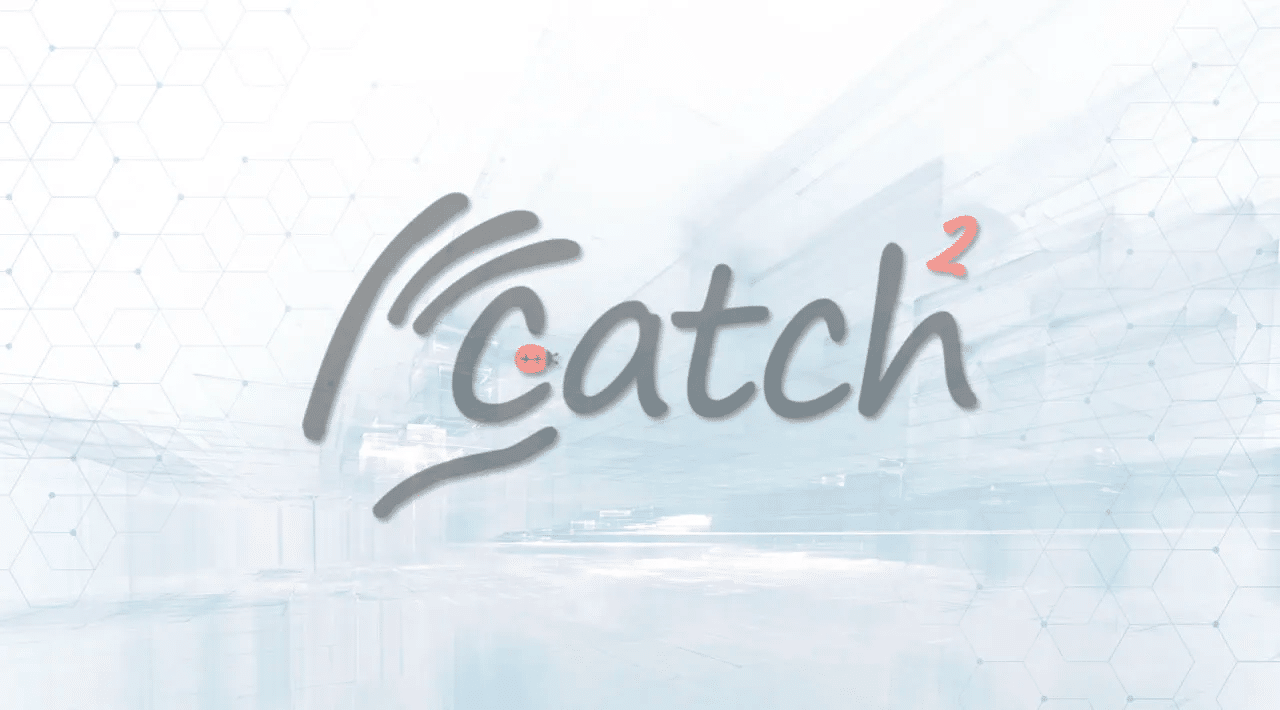Catch2 is a header-only testing framework for C++ that offers simplicity and ease of use, making it an attractive option for developers who want to write efficient and maintainable tests. With its straightforward syntax and flexibility, it is a popular choice among C++ developers, especially for those who are new to unit testing.
Why Choose Catch2?
There are several reasons why developers choose it over other C++ testing frameworks, such as Google Test, Boost.Test, and Cute:
- Simplicity:it ease of use and simpler learning curve make it an attractive option for developers, even those who are new to unit testing.
- Great documentation: It offers well-written documentation and tutorials, making it easier for developers to get started and learn the framework.
- Header-only framework: It is a header-only framework, which means you only need to include the
catch2.hppfile in your project. This simplicity and flexibility make it a great choice for small and medium-scale projects.
Apart from being a unit testing framework, Catch2 also provides basic micro-benchmarking features and simple BDD macros github.com. This makes it a versatile tool for various testing scenarios and code quality checks
Getting Started
To get started, you need to include the catch2.hpp file in your project. You can download the file from the GitHub repository.
Here’s a basic example of how to use framework:
#define CATCH_CONFIG_MAIN
#include <catch2/catch.hpp>
TEST_CASE("TestCase1", "") {
REQUIRE(1 == 1);
}
TEST_CASE("Testcase2", "") {
REQUIRE(3 != 1);
}
In this example, we define two test cases, TestCase1 and Testcase2, and use the REQUIRE macro to check if the test conditions are met.
Writing a Basic Unit Test
Catch2 provides macros to help you write unit tests. The TEST_CASE macro is used to define a test case, while the REQUIRE and
Here’s an example of a simple unit test:
#include <catch2/catch.hpp>
TEST_CASE("Addition", "[arithmetic]") {
int a = 2, b = 2;
REQUIRE(a + b == 4);
}
In this example, we define a test case called “Addition” with the tag “arithmetic” and use the REQUIRE macro to check if the sum of a and b is equal to 4.
Advanced Features:
It supports more advanced features, such as:
- Scenario and Scenario Outline: It provides support for defining scenarios and scenario outlines, which allow you to organize your tests in a more structured way.
- Data-driven tests: It allows you to write data-driven tests using the
DataRowclass, making it easy to test different input-output pairs. - BDD style tests: It supports Behavior-Driven Development (BDD) style tests, where you can use Gherkin syntax to define test scenarios and steps.
Test Organization in Large Projects
In large projects, it’s a good idea to split up the tests into multiple files. You can use the #define CATCH_CONFIG_MAIN preprocessor directive in exactly one source file, and then use additional cpp files for your tests. Each additional file only needs to include catch.hpp – do not repeat the #define directive, and you only need one main() function.
Test Expressions and Assertions
Catch2 handles test expressions differently than other approaches, such as the standard assert macro. In assert, a simple test (e.g., assert(a == 1)) loses the value under test (a) when the test fails. That means the assertion message cannot print the value that led to the failure. Catch2, on the other hand, provides better handling of test expressions and assertions, ensuring that the values under test are preserved in case of a failure bssw.io.
Unit Testing Best Practices
When using Catch2 for unit testing, it’s essential to follow best practices for writing efficient and maintainable tests. Some of these best practices include:
- Modularize your code to improve testability..
- Avoid regressions by running your suite of unit tests iteratively.
- Document your code using tests as implicit documentation.
- Create tests for all publicly exposed functions, covering all code paths and checking both trivial and edge cases.
- Organize tests in a way that the order in which you run them doesn’t affect the results.
Predicate Assertions
Catch2 supports predicate assertions, which help make output messages more informative. Instead of using simple assertions like EXPECT_EQ(a, b), you can use a predicate function that checks a and b for equivalency and returns a boolean result. In case of failure, the assertion will print the values of the function arguments.
Conclusion
Catch2 is a powerful and easy-to-use C++ unit testing framework that offers simplicity and flexibility.” for developers.
Its straightforward syntax and advanced features make it a great choice for both beginners and experienced developers alike. You can learn more about F/W’s capabilities by referring to the official documentation.

